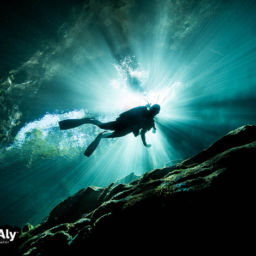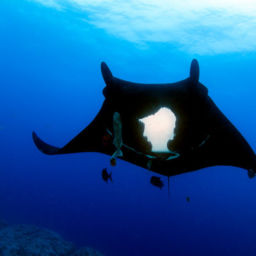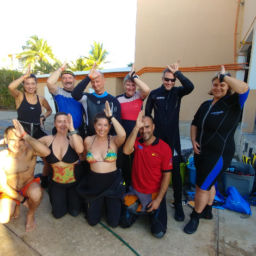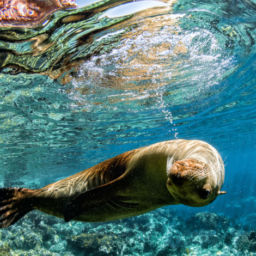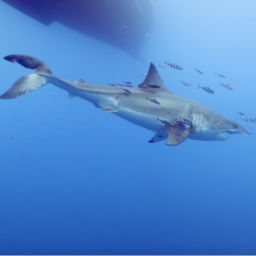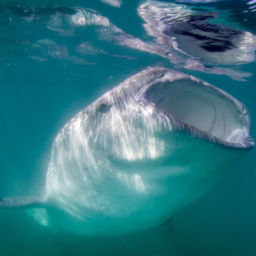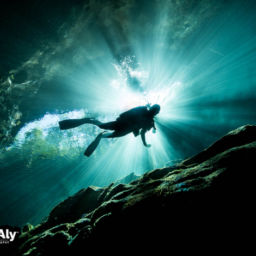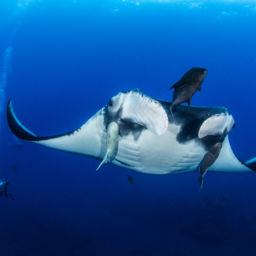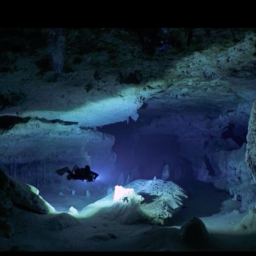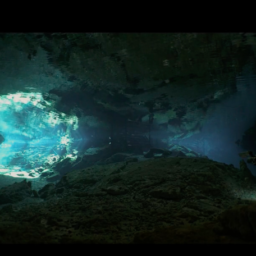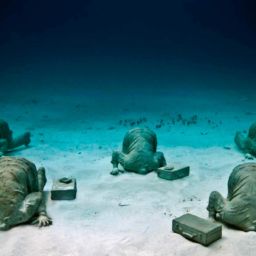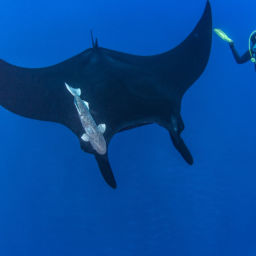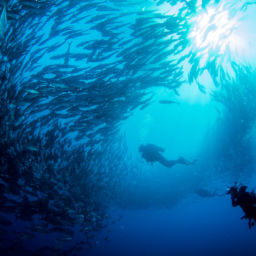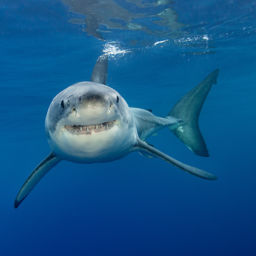The famed Jacques-Yves Cousteau referred to Cabo San Lucas as “the aquarium of the world.” Uniquely situated between the Sea of Cortez and the Pacific Ocean, the competing climates and conditions of these two powerful bodies of water make diving Cabo San Lucas truly extraordinary.
Today, Cabo proudly holds the No. 2 spot on Mexico’s list of top travel destinations, second only to Cancun. The scuba community has long known about Cabo’s delights, and the region offers sites suitable for all levels. The climate is tropical desert, with hot and humid summers and fall months. Slightly cooler, crisper temperatures follow for the rest of the year.
Diving Cabo San Lucas
Although you can conveniently reach many dive sites from shore, diving by boat is most common. There are several local dive operators, all downtown on the marina. Once you book, meet your operator at their shop; rent gear if necessary; meet your divemaster and crew; and head down to the dock. If you’re diving Cabo San Lucas (CSL) Marine Park, you’ll enjoy a short 10-minute boat ride before you reach one of the many dive sites. Here are a few of our favorites.
Pelican Rock
This novice-to-advanced site is located on the west side of the CSL Marine Park. Divers will immediately notice a large rock approximately 300 feet (91 m) offshore. As the most accessible dive site, popular Pelican Rock sees hundreds of tourists daily. The rock is surrounded by sand at a depth of 20 feet (6 m), but if you continue to the north side of the rock, a beautiful reef emerges. It continues until it meets the main wall at a depth of 80 to 100 feet (24 to 30 m), where it plunges into a submarine canyon, hundreds of feet deep.
You’ll see a wide variety of schooling fish here, including snappers, jacks, Moorish idols and even a group of whitetip reef sharks that move in during the summer months. Pelican Rock is also home to the famous sand falls, where you can watch as sand from the shelf plunges over a ledge into the abyss, like an underwater waterfall.
North Wall
North Wall is the closest site to the Cabo San Lucas Marina, which also means it’s the most protected dive site of those within the Marine Park. The site begins on a sandy slope in 10 feet (3 m) of water and slopes down to the start of a rocky wall at 25 feet (7 m). The wall consists of primarily small- to medium-sized boulders, creating endless hiding places for animals such as banded guitarfish, scorpionfish, moray eels, and whitetip reef sharks.
Land’s End
Land’s End is good for divers from beginners to advanced and includes both a seal colony and a wreck. The sea lions are accustomed to sharing their underwater world with divers and often come in close, blowing bubbles and seeing what the tourists are up to. As you make your way toward Land’s End from the colony, you will encounter a large pinnacle, barely breaching the surface, which extends down to the seafloor at 75 feet (22 m).
If you’re beginning the dive from the Pacific side of Land’s End, you will descend directly over the remains of an unnamed shipwreck, uncovered several years ago during Hurricane Odile and now scattered across an area the size of a football field. This is one of those bucket list sites that all divers should experience, as you never know what you’ll find. Schooling fish, sea lions, mobula rays — maybe even humpback whales.
Neptune’s Finger
Locating Neptune’s Finger is easy — just look for the large spire jutting out of the water to the East of Lover’s Beach and drop anchor in front. There is a sand flat at 18 feet (5 m), which leads down to several large, rocky outcroppings ranging from 40 feet to 100 feet down (12 to 30 m).
Here, the sloping, sandy bottom meets a sheer wall dropping down hundreds of feet. Typically known as an advanced dive site, divers in the know will spend up to half their dive out in the blue away from the wall, hoping for a magical pelagic encounter. Neptune’s Finger often features large pelagics, such as mobula rays, sea turtles, tuna and occasionally whale sharks.
What animals can you see?
The waters of Cabo are truly diverse. Year-round sightings include sea lions, olive ridley sea turtles, whitetip reef sharks, moray eels, eagle and manta rays, and plethora of reef and pelagic fish.
From December to May the bigger marine mammals appear in the area. These include humpback whales, orcas, schooling mobula rays, blue whales, and even whale sharks. Some dive shops will take you on an open-ocean expedition looking for mako sharks, blue sharks, marlin, turtles, and other pelagic marine life.
When to Go
September to November offers the best diving conditions. During these months, visibility is often over 60 feet (18 m). Water temperatures soar into the low 80s F (26 C). December through May brings in cooler waters, hence the bigger marine mammals that take up winter residence.
How to get there
Cabo sits at the end of Mexico’s Baja California Sur peninsula. Together with its sister city, San Jose del Cabo, located 32 miles (19 kilometers) north, the two cities form the Los Cabos municipality. You can reach Cabo both by air and land. Fly into San Jose del Cabo airport (SJD) and hail a taxi or rent a car for the roughly 30-minute drive south. If you’re up for a road trip, you can also drive from San Diego, California. Cross the border into Tijuana and enjoy a winding trip through Baja, roughly two days’ drive.














